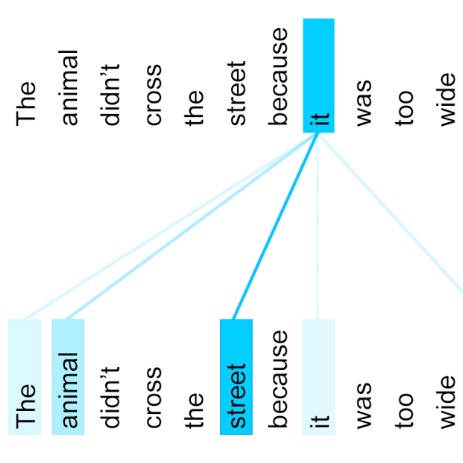Tabular data underpins numerous high-impact applications of machine learning from fraud detection to genomics and healthcare. Classical approaches to solving tabular problems, such as gradient boosting and random forests, are widely used by practitioners. However, recent deep learning methods have achieved a degree of performance competitive with popular techniques. We devise a hybrid deep learning approach to solving tabular data problems. Our method, SAINT, performs attention over both rows and columns, and it includes an enhanced embedding method. We also study a new contrastive self-supervised pre-training method for use when labels are scarce. SAINT consistently improves performance over previous deep learning methods, and it even outperforms gradient boosting methods, including XGBoost, CatBoost, and LightGBM, on average over a variety of benchmark tasks.
翻译:从欺诈检测到基因组学和保健学的机器学习应用,其影响很大,从欺诈检测到基因组学和保健学。典型的解决表单问题的方法,如梯度增殖和随机森林,被实践者广泛使用。然而,最近的深层次学习方法取得了与流行技术具有一定的竞争力。我们设计了一种混合的深层次学习方法来解决表单数据问题。我们的方法,SAINT,在行和列上都受到关注,其中包括一种强化的嵌入方法。我们还研究一种新的自监督的训练前新方法,在标签稀缺时使用。SAINT不断改进以往深层学习方法的性能,甚至超越了梯度增殖方法,包括XGBoost、CatBoost和LightGBM,平均超过各种基准任务。



